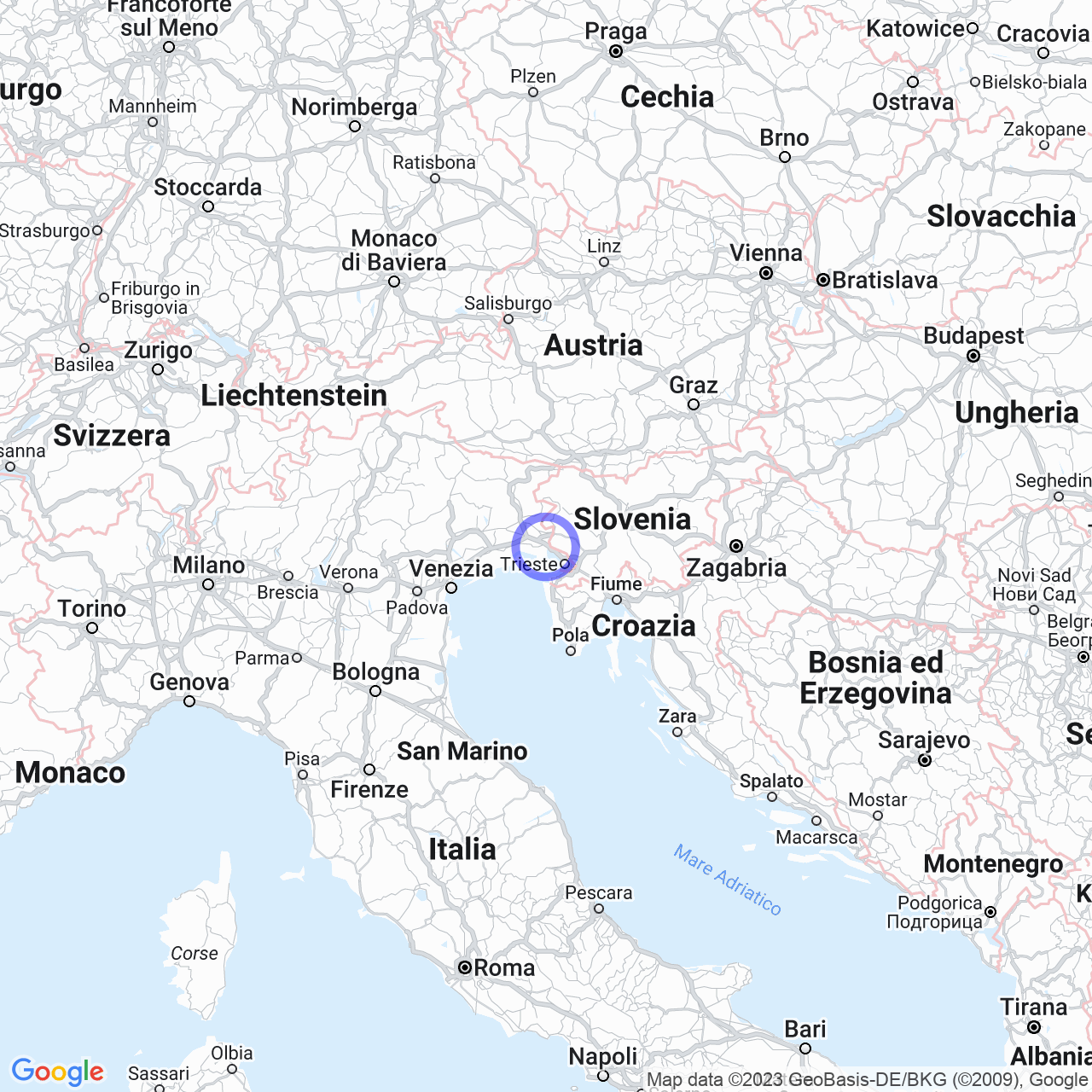Monfalcone
Discover Monfalcone: the industrial city on the Adriatic Sea
Monfalcone is a municipality in the Friuli-Venezia Giulia region, located on the northern coast of the Adriatic Sea. With its 29,852 inhabitants, it is an important industrial hub thanks to the major shipyards in the area. In this guide, we will accompany you to discover the natural beauties and hidden treasures of this seaside city.
Physical Geography
The territory of Monfalcone extends along a coastal strip of about 24 km, enclosed to the south by the hill of Panzano and to the northeast by the Karst. It borders the municipalities of Ronchi dei Legionari and Staranzano to the northwest. The municipal area is classified as zone 3 for low seismicity.

Hydrography
Monfalcone is located in the Bay of Panzano, a few kilometers from the mouth of the Isonzo River, and enjoys several navigable canals such as the Eugenio Valentinis Canal, the East-West Canal, the Locovaz Canal, and the Brancolo Canal. The latter constitutes the northernmost point of the Mediterranean Sea, reached through the Valentinis Canal. The city overlooks a sandy coastline over 3 km long between the localities of Marina Julia and Panzano Bagni.
Nature Reserves and Marshy Areas
The coastal territory of Monfalcone is characterized by marshy areas and reed beds. Among the sites of community importance for avifauna, we find the Schiavetti Risorgive Biotope and the Cavana River Marsh Biotope. Both are located in the southwestern part of the municipal territory, near the Isonzo River Mouth Nature Reserve. In the eastern area, instead, there is the Lisert reed bed, which in the past was a marshy area reclaimed at the beginning of the 20th century.
On the Karst territory, near the municipal borders, small karstic lakes can be found, such as the Pietrarossa Lake, one of the most notable examples of karstic ponds in Europe.
Orography
The Monfalcone area is mostly flat, despite being near the Karst Plateau. The most important mountain in the territory is Mount Falcone, which does not exceed 140 m above sea level and after which the city is named.
Climate
The climate of Monfalcone is defined as humid temperate with hot summer, with rainfall distributed throughout the year and high summer temperatures. The climate boasts less windiness compared to the Trieste coast and less significant precipitation compared to the Veneto-Friuli plain.
Conclusions
In conclusion, the city of Monfalcone has much to offer beyond its industrial and port importance. The naturalistic sites, the marshy areas, the coastline over 3 km long, and the karstic lakes make Monfalcone an ideal destination for nature lovers and those who want to relax in an uncontaminated environment.
But the city also has a strong cultural presence, with numerous local events and manifestations that animate the social and cultural life of the city. This makes it an ideal destination for those looking for a synthesis of nature and culture in a single destination, a few kilometers from neighboring Slovenia.
